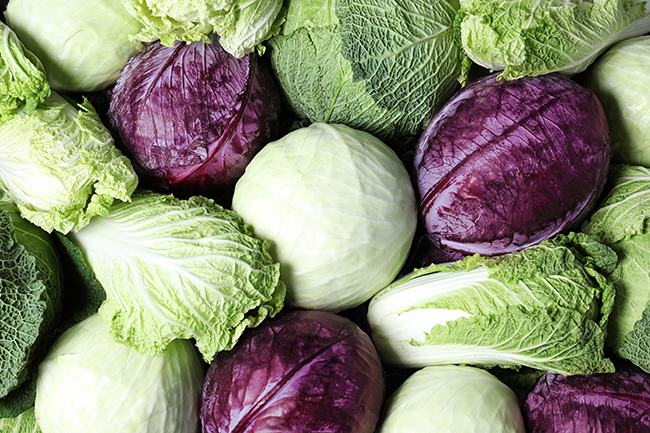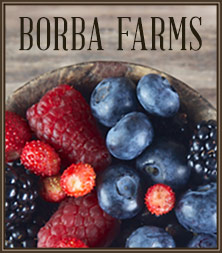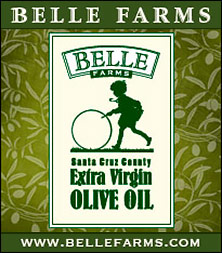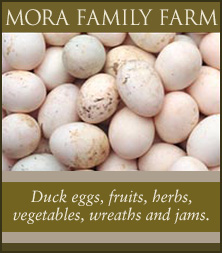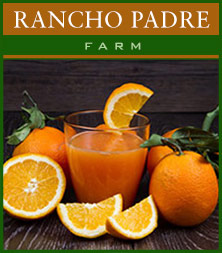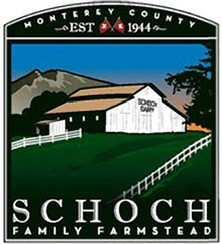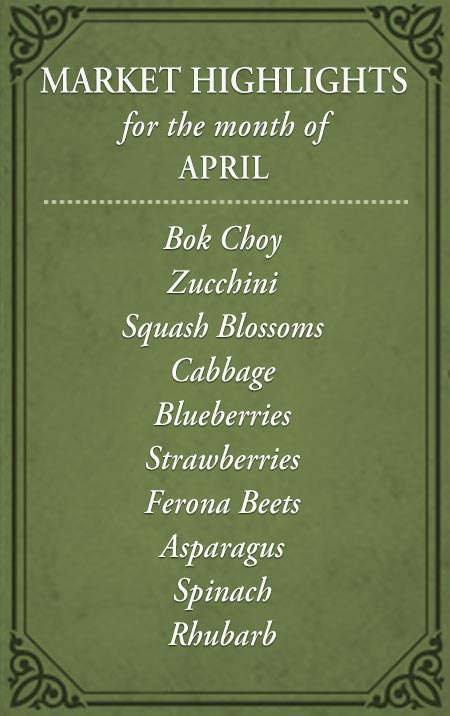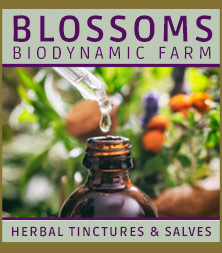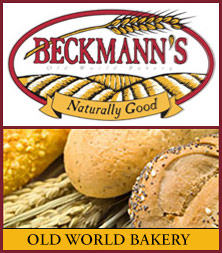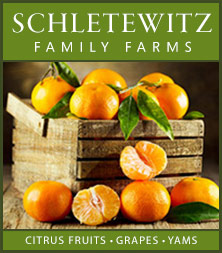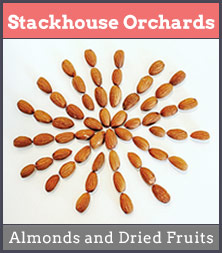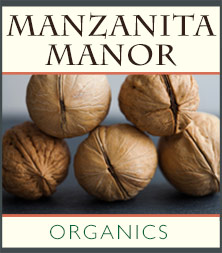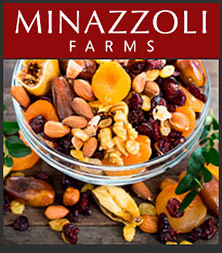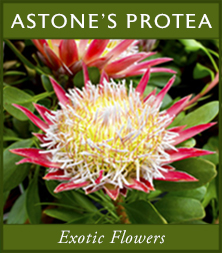Throughout history, cabbage has played diverse roles beyond a mere culinary dish. From ancient Egyptian Pharaohs to renowned explorer Captain Cook, its uses have ranged from hangover cures to wound compresses. Despite the myth of babies sprouting from cabbage patches, this cruciferous vegetable remains a staple in many cuisines worldwide, especially paired with corned beef. And a summer barbecue is not a cookout without coleslaw! Without a doubt, coleslaw is an American favorite.
Cabbages boast a short growing season of just three months, making them a favorite among gardeners. They hold the distinction of yielding more vegetables per acre than any other plant. Remarkably, the largest recorded cabbage head weighed a staggering 123 pounds, cultivated in England in 1865. Even legendary baseball player Babe Ruth reputedly donned a cabbage leaf under his cap for good luck during games, swapping it out halfway through.
Once considered a humble fare as ‘poor man’s food’ cabbage has now gained recognition for its numerous health benefits. Rich in glutamine, an amino acid aiding digestion, and packed with essential vitamins like K, A, and C, it also offers significant doses of iron, potassium, beta-carotene, and quercetin—an antioxidant known to alleviate allergies. Surprisingly low in calories, a cup of chopped cabbage contains a mere 22 calories.
Varieties of Cabbage Grown in California
California is a major producer of cabbage, and there are several varieties grown in the state, each with its unique characteristics. Some of the most commonly grown varieties include:
- Green Cabbage: This is the most common type of cabbage grown in California and is characterized by its round, compact head with smooth, tightly packed leaves. It has a mild flavor and is versatile in cooking, often used in dishes like coleslaw, stir-fries, soups and sauerkraut.
- Red Cabbage: Similar in appearance to green cabbage but with vibrant purple-red leaves, red cabbage adds color and flavor to dishes. It has a slightly peppery taste and is commonly used raw in salads, sauerkraut, or coleslaw, as well as cooked in dishes like braises and pickles.
- Savoy Cabbage: Savoy cabbage has crinkled, textured leaves that are dark green. It has a sweeter and milder flavor compared to other varieties and is often used in European cuisine for dishes like cabbage rolls, soups, and stir-fries.
- Napa Cabbage: Also known as Chinese cabbage, Napa cabbage has long, oblong-shaped leaves that form a tight head. It has a mild, slightly sweet flavor and a crunchy texture, making it popular in Asian cuisine for dishes like stir-fries, kimchi, and salads.
- Conehead Cabbage: Conehead cabbage, also called January King cabbage, is a winter variety with green leaves tinged with purple and a pointed shape. It has a slightly peppery flavor and is often used in soups, stews, and braised dishes.
- Pointed Cabbage: Pointed cabbage, also known as sweetheart cabbage, has a pointed head and tender, sweet leaves. It is versatile in cooking and can be used raw in salads, stir-fried, or steamed.
When selecting cabbage, opt for heads that feel firm to the touch, with vibrant colors corresponding to their variety—bright red for red cabbage and a glossy green for green cabbage. Avoid those with yellowed or spotted leaves, indicative of age.
To store cabbage, place it in a plastic bag and store it in the crisper section of your refrigerator, where it can stay fresh for 5 to 9 days.
Cabbage is available throughout the year in California, with the peak of its season from January to June. You’ll find cabbage at Borba Farms, Spade & Plow Organics, and Pinnacle (Phil Foster Ranch).
RECIPES: Our Favorite Cabbage Recipes


